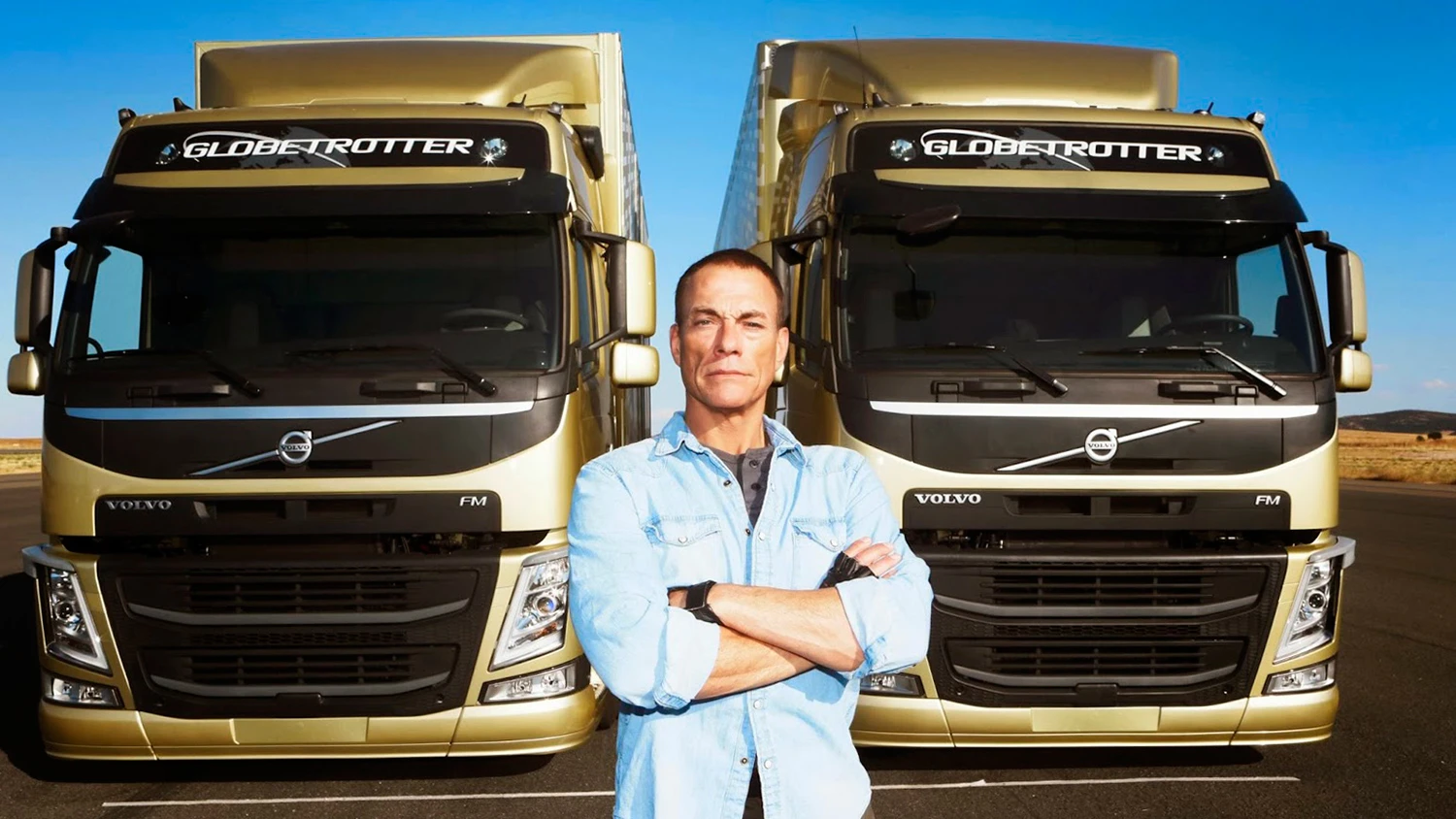Neuroscience tells us we make decisions primarily unconsciously and emotionally. But there’s a gap between what scientists say and what marketers do. Strategies remain based on insights into markets, not truths about neurobiology. If we want to be experts in connecting emotionally we need to know what that actually means. It’s as if we’re playing a game without even knowing how it’s being played.
This disconnect is not without warrant. Evolution has designed our brains to make decisions without our knowing, while giving us the confident but false belief that we’re actually in charge. As renowned neuroscientist, Joseph LeDoux puts it, “In truth, most of what we do, we do unconsciously, and then rationalize the decision consciously after the fact.”
Emotion is like weather. It’s part of our nature and shaped by the environment. We don’t choose our emotions. We can only try to choose how to think about them once they happen. Like the preeminent power of Mother Nature controlling our environment, emotion is the dominant force driving our markets and media environments. Neural circuits of emotion are like rapidly flowing rivers and rational thought like trickling streams.

Emotions Drive Actions for Survival and Success
Emotions don’t exist for the sake of heartwarming sentiments. They’re automatic unconscious processes that detect and respond to certain stimuli guiding us rapidly away from threat and toward opportunity without having to think. Humans evolved to avoid harm and today our brains remain poised for “fight or flight” on a hair trigger.
So the oft-repeated “Heart vs. Head” paradigm is misleading. Basic human emotions are far from warm and fuzzy and quite negative and aversive; e.g., anger, fear, disgust, surprise, and sadness. It’s not that nature inclines us to hate. We’re profoundly social creatures designed to protect: our kin, our tribe, and ourselves. The human truth is no one wants to connect emotionally to your brand. Brands are approached with instinctive trepidation. People want to be lead to a better life not bond with companies. Doing the former earns the latter.
Marketers are architects of emotional reactions, not connections that guide from pain toward pleasure. And every consumer, i.e., human, has automatic processes for attention, awareness and emotional response to certain stimuli, which happens to be the objectives of every marketing campaign.
When brands artfully trigger these responses and ride these massive currents, they can jump to the fore of culture and market. In order to demonstrate how emotional decisions are made unconsciously, let’s reverse engineer through the lens of neuroscience a few brilliant and highly successful efforts that have tapped some of our deepest drives.

Interrupt Patterns
Brands are learned behaviors. When your teacher told you to pay attention, she was right–conscious focus is the best way to learn. And our emotions, not our thoughts, determine what we pay attention to.
The mind works by recognizing patterns–vigilantly scanning the environment to predict what will happen next. Since our attention span is short, the mind works on a need to know basis. We only notice something when missed predictions fire an automatic response that commands our focus, releasing a distress signal, or what neuroscientists call the “Oh Shit!” circuit. Nothing gets our attention better than the emotion of surprise.
While novelty activates a number of brain systems, it primarily activates the dopamine system. Since learning is critical to success it makes sense that we’ve also evolved feel good emotions in response to novelty. Our brains love to pay attention to the unusual.
It’s ironic that an industry that prides itself on original thinking is also quite prone to trends in advertising, as well as formulaic approaches based upon past successes that no longer work as well. That’s because we’re hardwired to predict and ignore them. Humor in ads, however, is more resistant to wear-out as it’s based often on misdirection and the punch line you didn’t see coming.
The classic “Energizer Bunny” campaign leaned into these “pattern interrupts” to generate the biological equivalent of forced exposures to become what experts ranked among the top five ad icons of all time, based on effectiveness, recognizability and cultural impact. You think it’s a commercial for hemorrhoid remedy and “oh shit” it turns into a demonstration of the long lasting power of energizer batteries.

Stop Them Dead
Have you ever found yourself gawking at a horrible car crash despite your own rational understanding of the horrors you might witness? We stop dead in our tracks because our purpose at our most instinctual level is to live. This reaction is so automatic it reliably creates traffic on both directions of the highway. This fear-based decision to stare death in the face is not driven by your choice, at least not consciously, much like you don’t choose the weather that causes the crash.
Tough guy and butt kicker Jean-Claude Van Damme performed his death-defying mesmerizing split between two trucks–driving backwards to the sweet soothing sounds of Enya (pattern interrupts). And it became the most watched automotive ad ever on YouTube with over 72 million views! The execution was as epic as his split, but Volvo was hijacking forces even stronger than the “muscles from Brussels.”

Go For The Gut
We evolved for over 99% of our evolution as hunter-gatherers fixated on finding food or dying. Today the obsessive emotional preoccupations of our forbears are still pulling our strings in the form of one of the most enduring ad meme themes: scarcity of food. You are simply not aware of this pattern because it happens below your own awareness.
In the ’80s a peculiar campaign generated national attention when two chauffeur-driven aristocrats politely shared a jar of the fancy mustard, punctuated by the phrase “Pardon me, but do you have any Grey Poupon?” Later that decade, Wendy’s captured the American zeitgeist by asking “Where’s the beef?” an approach that even found its way into presidential debates. In the ’90s, the ubiquity of that slogan was surpassed only by another meme for yet another basic food source and an uncannily similar inquiry, “Got milk?” It became what few would argue is the most imitated ad slogan. And more recently in support of The Hunger Games the top meme on the social graph was a mutation from a popular song by Rihanna, “We found bread in a toastless place.”
If you think this is illogical, you’re right.

Provoke Inference
We are survival and replication machines. So our love of food is equaled, if not surpassed, by our fascination with sex. But what we’re unaware of is the influence of inferences in ads not even intended to be sexy.
Geico has a history of effectively delighting their audience with iconic characters from cavemen to geckos to pigs. But why did a seemingly absurd concept of a camel with an awesome swagger and an annoying question, “Guess what day it is?” rise to become the most shared ad last summer. It became so viral that a Connecticut middle school banned students from blurting out “Hump Daaaaay!”
Marketers were quick to point out the ad went viral because of a timely trigger that reliably spiked shares each Wednesday, or the literal meaning of “Hump Day,” which certainly helped. But the real reason it spread is our minds work way more by implicit inference than rational analysis. And “Hump” has a more provocative albeit hidden meaning as a euphemism for the emotionally charged “F” word. This is why pubescent students in the throes of hormone overload lose control and some express through fashion and images what others were only feeling–by wearing hump day underwear or sharing pictures of American soldiers overseas posing in front of fornicating camels.
Much like when Nike suggested, “Just do it,” the message spread to become among the most lauded and effective campaigns in history. “Do it” was already a meme in our culture with bumper stickers like “conservatives do it right” or “ultimate Frisbee players do it horizontally” and more recently and blatantly “Just do me” T-shirts. Similarly, Clairol’s “Does she . . . or doesn’t she?” campaign increased penetration of hair color from 7% to about half of all American women in the conservative 1950s, all while barely raising an eyebrow.
That’s because most of the business of advertising and life happens unconsciously through our emotions. And asking respondents in surveys if this had any influence makes no sense, because these responses come from the part of the mind that has nothing to do with logic or awareness.

Bait With Babies
And the real reason for having sex is to produce babies to ensure the survival of the species and our DNA. We don’t consciously choose to find those big eyed bobble-headed babies adorable any more than we choose the Awwww feeling of happiness that instinctively activates the pleasure regions of our brains when ads deftly commandeer this program. Nature has made that decision for us to ensure we pay attention to these precious creatures because without our care they’d never survive.
So when ads add pattern interrupts to these mini mush magnets, attention can soar exponentially. The Evian “Roller Babies” break-danced and back-flipped their way to what was, at the time, the most viewed online ad in history. And more recently Evian “Baby & Me” an ad that featured grownups unsuspectingly discovering their inner babies dancing in the reflection of a mirror, was reported to be the most watched commercial on YouTube in 2013.
A prank promo for the movie Devil’s Due baited New Yorkers with the helpless cries of an abandoned baby in a stroller. A shocking pattern interrupt, an attacking devil baby, generated over 50 million views on YouTube. You don’t make a consciously driven choice to help a baby in distress–any more than you rationally decide to jump back in fear when the crazy little guy projectile vomits at you.

The Story Behind The Story
Just because you are aware of your decision, doesn’t mean you are aware of the unconscious emotional forces that actually shaped it. There is a story–your rationalizations. And then there is the real story–your emotions. By ignoring these instinctual and intuitive processes, marketers are missing out on our most important and powerful human strivings. There are patterns for effectiveness in our markets and culture because there are hardwired patterns in our nature and our brains. Now that you are aware of these you will find real world evidence everywhere.
But there are also a myriad of different ways to create unconscious emotional reactions in response to certain ad stimuli. These are just a few examples for illustrative not necessarily instructive purposes. Because if we all jumped on the bandwagon of primal button pushing, there would be no interrupt, and your audience would predict and ignore your message, by law of nature.
Douglas Van Praet is a brand strategy consultant and the author of Unconscious Branding: How Neuroscience Can Empower (and Inspire) Marketing. He is also a keynote speaker and founder of Unconscious Branding a leading-edge brand strategy consultancy whose approach to marketing draws from Unconscious Behaviorism and applies neurobiology, evolutionary psychology and behavioral economics to business problems. He has positioned some of the world’s most iconic brands through highly effective award winning campaigns at leading agencies and marketers in New York and Los Angeles.
Recognize your brand’s excellence by applying to this year’s Brands That Matter Awards before the early-rate deadline, May 3.
